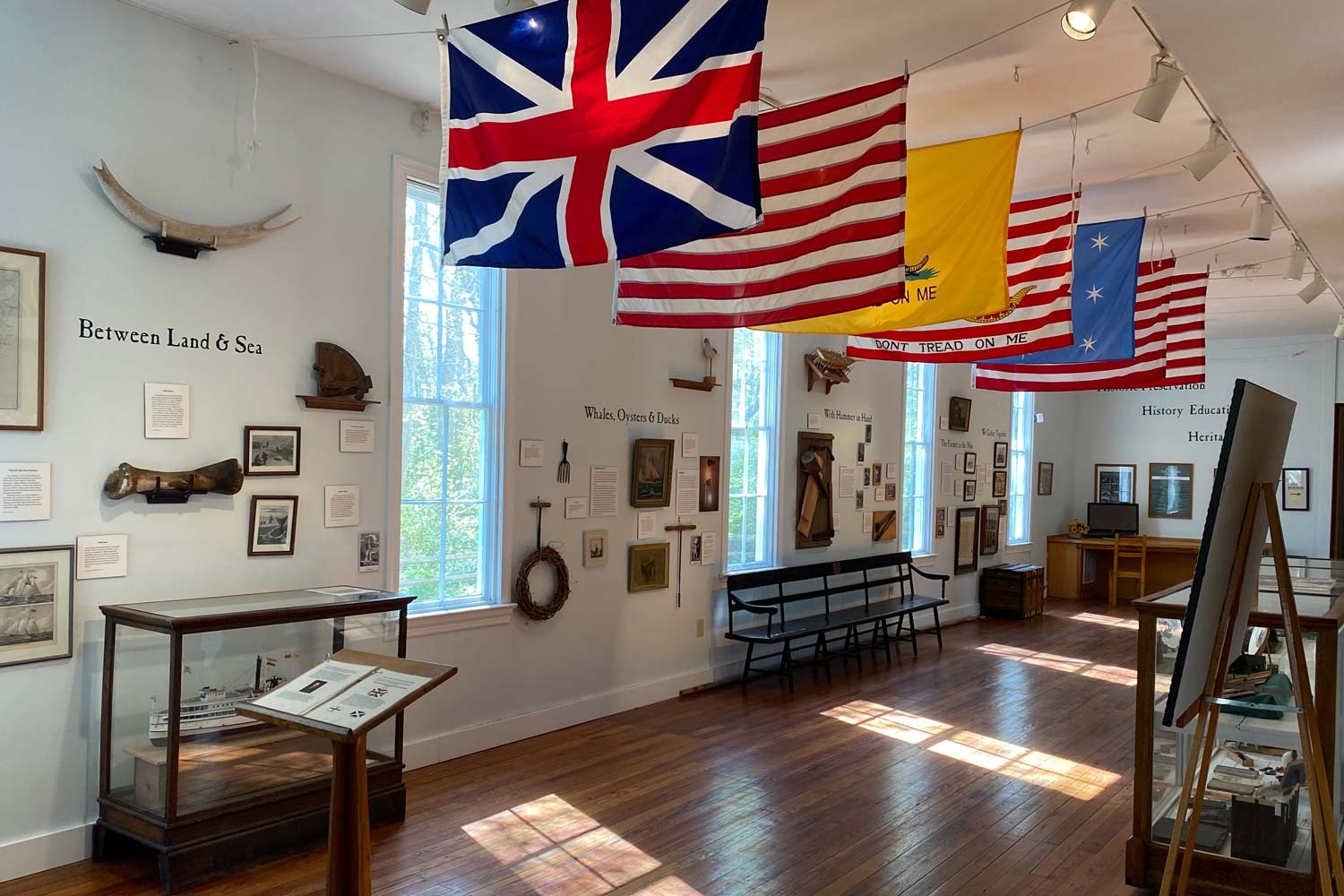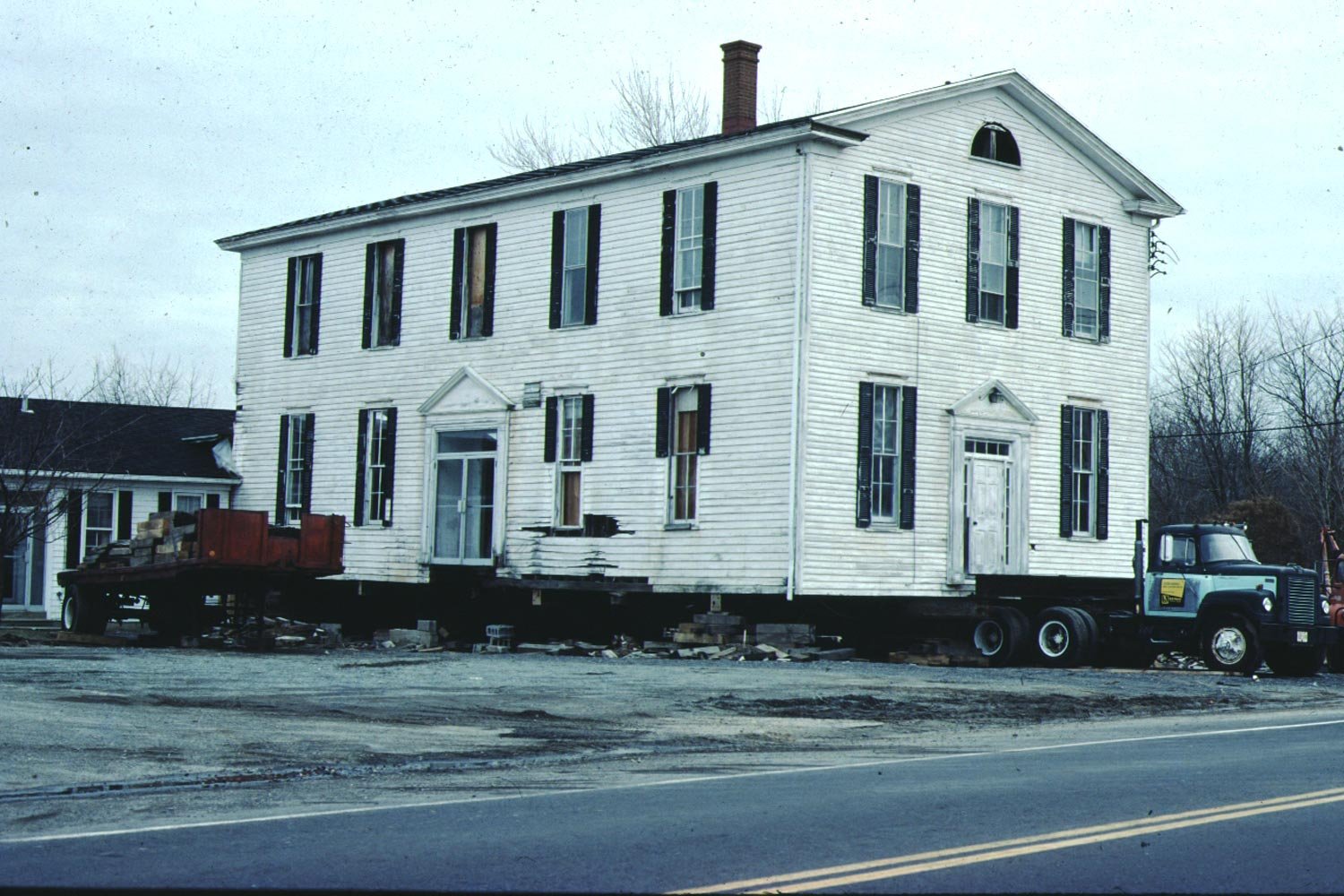Historic Cold Spring Village
ABOUT
Historic Cold Spring Village is the largest open air living history museum in New Jersey. Located at the southern tip of the state in Cape May, it is America’s oldest seashore resort most famously known for its beaches and Victorian architecture. The Village exists to preserve the architecture, trades and lives of the people inland of the beach resorts: the farmers, tradespeople and families of rural southern New Jersey. The heart of the Village is its 27 restored historic structures located on 30 acres that showcase the rich history of Cape May County.
HISTORY
Starting in 1973, Village staff began relocating and restoring a variety of buildings from around Cape May County. The buildings range from the late 17th century to the early 20th century and include homes, stores, workshops, meetinghouses, a tavern, barns and a one-room school. The Village opened to the public in 1981 and focuses on life between the end of the Revolutionary War and the years before the Civil War (1790s to 1850s).
The buildings are the backdrop for the multifaceted programs that contribute to the history education and heritage tourism components of Historic Cold Spring Village’s mission. On September 27, 2016, the Village was entered into the New Jersey Register of Historic Places, making it the first living history museum in New Jersey to obtain this designation. According to architectural historian Joan Berkey’s 2004 Intensive Level Survey of the Buildings of Historic Cold Spring Village, “the buildings are notable examples of vernacular or folk architecture that have been saved from being victims of poverty and neglect, or of prosperity and redevelopment…they are as much a part of the county’s heritage as the mansions and grand hotels of the rich and famous.” The buildings help tell the story of the founding families of Cape May County and serve as a tangible representation of the region’s past.
GRANT PROJECT
At the Village’s main entrance is the Junior Order United American Mechanics Hall, built in 1894. The building served as a meeting hall and social hall for an organization of skilled laborers, like a modern trade union. Today it houses the Village’s administrative offices and Welcome Center. The Welcome Center’s orientation exhibit is the subject of the project being supported by Americana Corner. Located on the first floor, it explores the major themes interpreted in the Village through the display of artifacts, photographs, graphics and archival materials, and a five-minute orientation video. The Welcome Center has housed special exhibits on topics such as women’s history and abolitionism in Cape May County, as well as interactive exhibits including designing a quilt square or practicing needlepoint.
As the first stop for most Village visitors, the exhibits detailing Early American life help guests “locate” themselves in Cape May County history and prepare them for their interactions with the costumed interpreters and the hands-on demonstrations that they will experience. Our project will allow for the redesign and printing of the Welcome Center’s exhibit panels and the large map which identifies the original location of the Village’s historic buildings, as well as the reframing of archival materials and photographs.
The original exhibit was researched, designed and renovated in 2005 by a team of consultants, which included a graphic artist, educator and architectural historian. Though the historical research presented remains sound and relevant to the museum’s mission and period of interpretation, the exhibit panels and the frames housing archival materials and photographs are outdated and, in many cases, impaired and in need of amelioration. It is imperative that the Village Welcome Center be inviting, inspiring and educational, and that it excites guests about the time they will spend throughout the museum’s 30 acres. Visitors to the Village, which include locals, members, heritage and leisure tourists and students on school trips, will be able to maximize their time in each of the Village buildings when they better understand how all the pieces of Early American history fit together.
PRESERVING AMERICA
Watch Tom Hand, creator and publisher of Americana Corner, and John Ryan, chief operating officer of Historic Cold Spring Village, discuss a worthwhile place to visit and why it still matters today.






